Advice and Resources for AAPI Business Owners, From AAPI Business Owners
Welcome toBreaking the Blueprint — a blog series that dives into the unique business challenges and opportunities of underrepresented business owners and entrepreneurs. Learn how they’ve grown or scaled their businesses, explored entrepreneurial ventures within their companies, or created side...

Welcome toBreaking the Blueprint — a blog series that dives into the unique business challenges and opportunities of underrepresented business owners and entrepreneurs. Learn how they’ve grown or scaled their businesses, explored entrepreneurial ventures within their companies, or created side hustles, and how their stories can inspire and inform your own success. Asian American Pacific Islander (AAPI) communities, originating from around 20 diverse countries, have a long history of exclusion, strict immigration laws, and discrimination. When immigrants, like my grandfather, from East and Southeast Asia made it into America in the 19th and 20th centuries, most of the available jobs were backbreaking labor. When access to employment was slim, or wages were low, many newcomers relied on building small businesses to provide for their families. Those businesses have become deeply rooted in the day-to-day life of American society–restaurants, nail salons, doughnut shops, dry cleaners, spas, markets, and many others. Still, obstacles have continued to exist. The National CAPACD analyzed federal and membership data on AAPI small businesses and noted gaps in access to funding, a recent rise in hate crimes, and language barriers. Despite these challenges, the U.S. Census Bureau has reported around 2 million AAPI-owned businesses across all industries, from entertainment, healthcare, hospitality, manufacturing, real estate, tech, and more. Countless household names, like YouTube, DoorDash, Old Navy, Peloton, and Notion, were founded by Asian Americans. Another roadblock that prevents entrepreneurs from growing successful companies is the need for more awareness of available resources. In this post, discover advice, organizations, and services that exist to meet the unique needs of AAPI business owners. Read books and articles or listen to podcasts, like this one featuring HubSpot's CEO Yamini Rangan, to learn stories about how successful entrepreneurs have built and kept their enterprises afloat. They'll have real-life lessons and perspectives to help you make the right decisions for your ventures. I connected with a few AAPI founders whose companies have blossomed in the past couple of years. Here is some of their wisdom to encourage your success. Sandro Roco, founder and CEO of Sanzo, says, “Don't wait too long to start building the right team. Especially in a tight labor market, it takes time to find, recruit, hire, and onboard the right team members. And so if you wait too long, you're actually behind. No brand or company that ever made it big did so with just the original founding team, and so it's important to hire well." Kim Pham, the co-founder of Omsom, says, "Fight for abundance. My sister and co-founder Vanessa and I fought deeply internalized scarcity from being daughters of Vietnamese refugees, and it pervades so much of our decision-making (especially in the early days) –– but to truly build the company of your dreams, you need to fight for that abundance and play to win. That means taking big swings and risks, but also choosing rest, joy, and celebration." Lucia Tran, creative producer and founder of Her Studio, says, "Everything I do has to be more than just about creating photos and videos for companies. Otherwise, what are we doing but selling yet another product? There has to be intention and mindfulness in what we offer to the world – build equity in your company, care about the people you hire and the people you're targeting, and work to bring joy to the world. I'm in the business of uplifting those who need a hand." Steffi Lynn, illustrator, muralist, and founder of Have A Nice Day, says, “Believe in yourself, believe in what you're doing, and keep going. Put yourself out there and be ready for anything that comes your way, because you never know what is available for you unless you try." A Chamber of Commerce is a nonprofit business network, not a government entity. Businesses, organizations, and individuals can become chamber members to advocate for economic development, job creation, community stability, and representation of their legislative agendas at local, state, and national levels. In addition to the U.S. Chamber of Commerce, there are local chambers across the country, including ones for minority communities. Becoming a member usually includes access to relationships with other businesses, discounts on services, a boost in visibility, and opportunities to have your voice heard. Find the local Asian Chamber of Commerce in your city or state by searching the Chamber of Commerce Directory, and also check out the below organizations: (National ACE) is an organization that advocates for economic development and community building for the current and next generation of AAPI entrepreneurs. With relationships with Congress, the White House, and federal agencies, National ACE leads multiple initiatives that provide grants, training, events, and amplification of AAPI voices. You'll read about a few of their programs in the following sections. (USPAACC) is a nonprofit that serves as an educational and networking organization with a gateway to corporate and government contracts, suppliers, and Fortune 1000 companies. USPAACC's programs include business matchmaking, leadership series, legislative advocacy, pitch competitions, conferences, and awards. The National CAPACD reported that AAPI business owners primarily rely on family and friends for advice and money. Still, a critical step in business growth is broadening your network, accumulating more opportunities, and learning new skills. Attending events, signing up for workshops, and joining organizations can introduce you to people and resources that will make the entrepreneurial journey less lonely and mysterious. Here are some networks to consider: Whether applying for grants and loans or securing funding from investors, having more capital will help speed up the process of acquiring the necessary components of running your business—for example, production, staff, and marketing. Some people are eager to support minority-owned businesses and often seek them out. Google launched the capability to add an "Asian-owned" attributeto business profiles, making it easy for customers to find businesses like yours using Google Maps and the search engine. When executing your traditional and digital marketing, feel free to affirm your AAPI roots. There is space for your business to flourish, and an important step is seeking assistance from services and organizations created for that exact purpose. In time, these resources may help you build a strong business foundation for generations to come.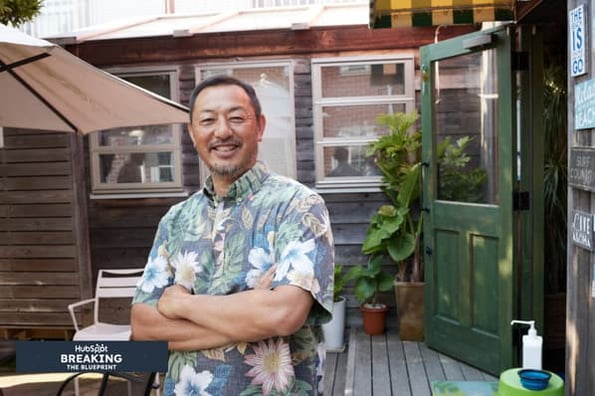
Learn From Successful AAPI Founders and Executives
1. Don’t wait too long to start building your teams.
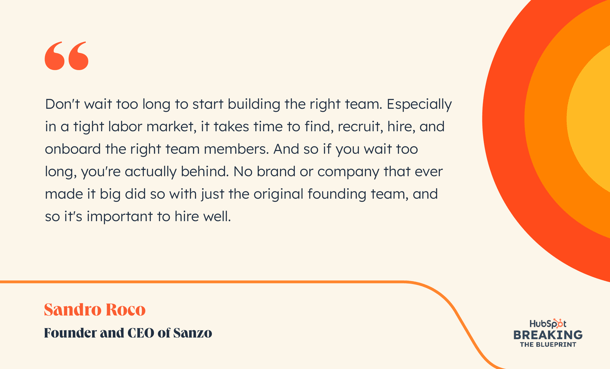
2. Fight for abundance.
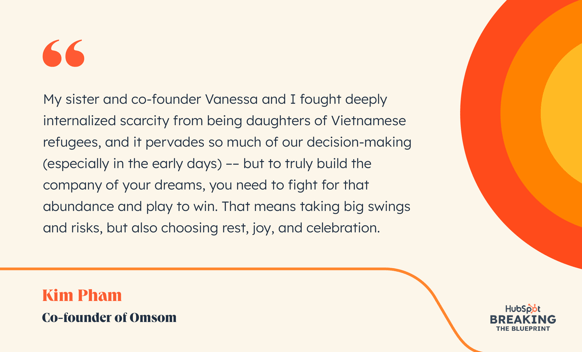
3. Practice intention and mindfulness.
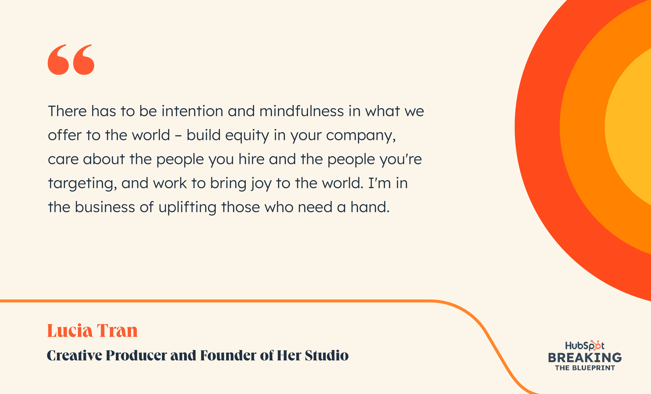
4. Believe in yourself.
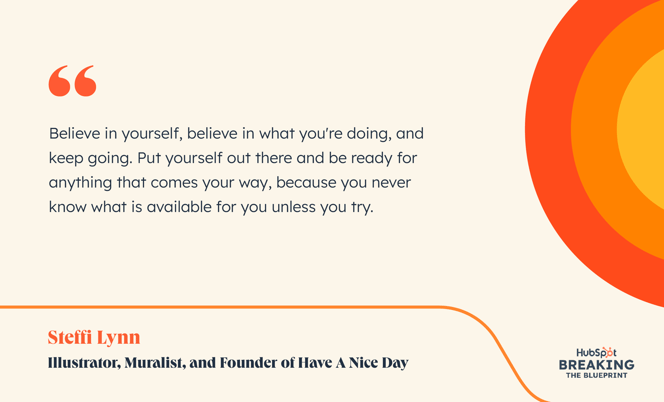
Get Involved With Your National and Local Asian Chamber of Commerce
1. National Asian/Pacific Islander American Chamber of Commerce and Entrepreneurship
2. US Pan Asian American Chamber of Commerce Education Foundation
Grow Your Network and Sharpen Your Skills
Apply For Funding
Proudly Share Your Business and Be Easily Searchable

 ShanonG
ShanonG 








![B2B & B2C Instagram Marketing Trends of 2022 [Data from 500 Marketers]](https://blog.hubspot.com/hubfs/instagram%20marketing%20trends%202022-1.jpg#keepProtocol)
























